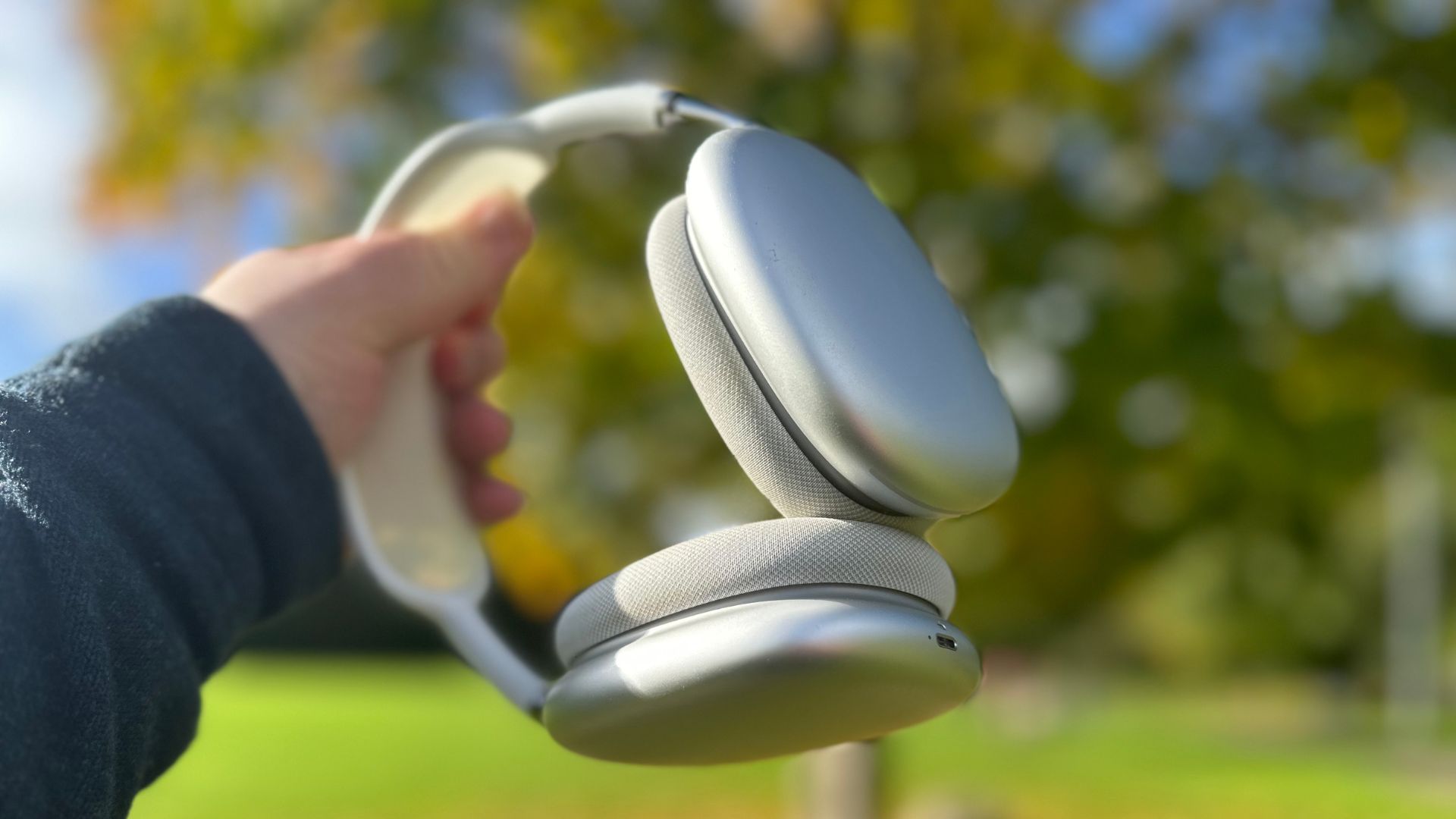Apple Vision Pro and AirPods Pro 2 USB-C: Lossless and Spatial Audio explained
What headphones are going to work with your Vision Pro, and which are the best to use?

Vision Pro: Filled from glass front to fabric strap with next-generation tech. Tiny, super high-definition screens, premium laptop internals, loads of cameras and eye-tracking gubbins, and, on the sides of the straps, tiny speakers that pipe audio somewhere in the direction of your ears.
The thing is, those little speakers aren’t just going to pump the sounds of whatever you’re doing in Vision Pro just to you — everyone around you is going to hear a quieter, just on-the-edge-of-audible version of whatever you’re listening to. You’ll also be able to hear everything going on outside the headset as well — those little speakers, again, sit just close enough to your ears rather than directly inside like a pair of earbuds.
That's where you want to hook up a pair of earbuds, or some headphones. Unfortunately, you’re a little stuck for choice if you want something that will still give you the Spatial Audio experience that you want with all your favorite movies and music — the only option? AirPods Pro 2 with USB-C (sorry lightning AirPods Pro 2 users, yours aren’t going to work).
Spatial Audio on Vision Pro

Apple claims that the “Dual-driver audio pods positioned next to each ear deliver personalized sound while letting you hear what’s around you.” They’ll use “Audio ray tracing” to work out the acoustic properties of your room so that it can produce the most immersive Spatial Audio possible.
If you want to keep that Spatial Audio going but don’t want it to bleed out to the world around you, there’s only one option you’ve got — and that’s the recently refreshed AirPods Pro 2 with USB-C. They’ve been equipped with a special chip inside and some clever wireless internals that means they give low-latency audio.
What about Hi-Res audio?

For that you’re going to want the AirPods Pro 2 again — they’re built specifically to give low-latency hi-res audio with Vision Pro. Alas, this isn’t available on your MacBook, iPhone, or iPad, so the only place you can get wireless hi-res audio pumped into your headphones is with the Vision Pro and AirPods Pro 2 combo.
Will my AirPods not work at all?

If you’ve got a pair of AirPods that’s not the AirPods Pro 2 USB-C then you’re not totally out of luck. You can still connect your AirPods up to the Vision Pro and use them to listen to movie audio and music, but you won’t get the fancy Spatial Audio or Hi-Res wireless lossless playback.
iMore offers spot-on advice and guidance from our team of experts, with decades of Apple device experience to lean on. Learn more with iMore!
AirPods Max users beware, however: Those who’ve tested the Vision Pro have all commented on the device's weight, as the heaviness brings their heads down in use. Add that to the considerable weight of the AirPods Max, and you have a recipe for the same kind of weight as a helmet from a medieval suit of armor — without the cool visor and jousting pedigree.

As iMore's Senior Staff writer, Tammy uses her background in audio and Masters in screenwriting to pen engaging product reviews and informative buying guides. The resident audiophile (or audio weirdo), she's got an eye for detail and a love of top-quality sound. Apple is her bread and butter, with attention on HomeKit and Apple iPhone and Mac hardware. You won't find her far away from a keyboard even outside of working at iMore – in her spare time, she spends her free time writing feature-length and TV screenplays. Also known to enjoy driving digital cars around virtual circuits, to varying degrees of success. Just don't ask her about AirPods Max - you probably won't like her answer.
